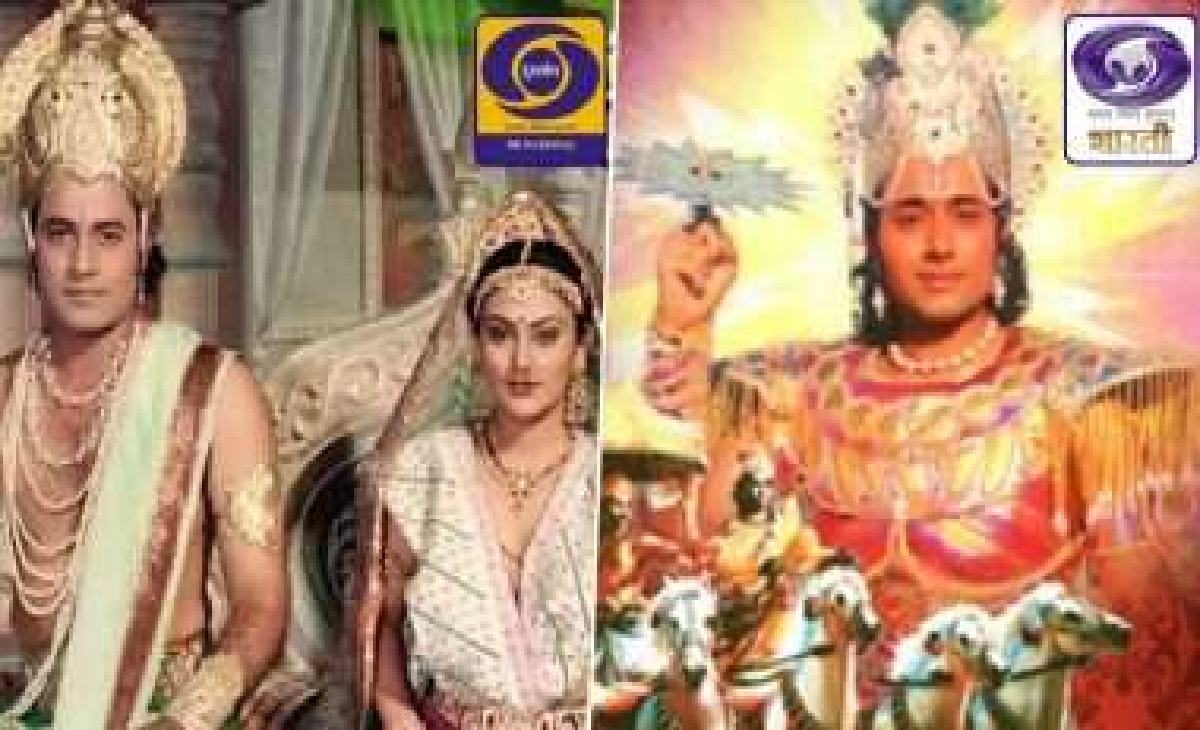

The earliest known references to the Mahabharata and its core Bharata date back to the 6th-5th century BC, in the Ashtadhyayi ( sutra 6.2.38) of Pāṇini (c.
#Mahabharata tv series full
Oldenberg (1922) stipulated that the supposed original poem once carried an immense " tragic force", but dismissed the full text as a "horrible chaos". Not unlike the field of Homeric studies, research on the Mahabharata has put an enormous effort into recognizing and dating various layers within the text. According to the Adi-parva of the Mahabharata ( shlokas 81, 101-102), the text was originally 8,800 verses when it was composed by Krishna Dwaipayana Vyasa and was known as the Jaya (" Victory"), which later became 24,000 verses in the Bharata recited by Vaisampayana, and finally over 90,000 verses in the Mahabharata recited by Ugrasravas. The Mahabharata itself (1.1.61) distinguishes a core portion of 24,000 verses, the Bharata proper, as opposed to additional "secondary" material, while the Ashvalayana Grhyasutra (3.4.4) makes a similar distinction. It is undisputed that the full length of the Mahabharata has accreted over a long period. Vishnu sahasranama (the most famous hymn to Vishnu, which describes His 1000 names Anushasanaparva.).

Rishyasringa (also written as Rshyashrnga, the horned boy and rishi.Rama (an abbreviated version of the Ramayana.Krishnavatara (the story of Krishna, the Krishna Lila, which is woven through many chapters of the story).Damayanti (or Nala and Damayanti, a love story.Bhagavad Gita (Krishna instructs and teaches Arjuna.Among the principal works and stories that are a part of the Mahabharata are the following (often considered isolated as works in their own right): The Mahabharata includes large amounts of Hindu mythology, cosmological stories of the gods and goddesses, and philosophical parables aimed at students of Hindu philosophy.

Karma and dharma play an integral role in the Mahabharata. The story culminates in moksha, believed by Hindus to be the ultimate goal of human beings. In its scope, the Mahabharata is more than simply a story of kings and princes, sages and wisemen, demons and gods its author, Vyasa, says that one of its aims is elucidating the four goals of life: kama (pleasure), artha (wealth), dharma (duty) and moksha (liberation). What is not found here, will not be found elsewhere." This quotation rightly sums up Mahabharata, within which one finds myriads of relationships, stories and events. With its philosophical depth and sheer magnitude, a consummate embodiment of the ethos of not only India but of Hinduism and Vedic tradition, the Mahabharata's scope and grandeur is best summarized by one quotation from the beginning of its first parva (section): "What is found here, may be found elsewhere. The events depicted in the Mahabharata are thought to have taken place around the 12th century BC. In its final form, it was completed by the first century, with its central core Bharata (consisting of 24,000 verses) dating back to the 6th century BC, and some parts possibly dating back as far as the 8th century BC. Due to its immense length, its philological study has a long history of attempting to unravel its historical growth and composition layers. Traditionally, the Mahabharata is ascribed to Vyasa. The title may be translated as "Great India", or "the great tale of the Bharata Dynasty", according to the Mahabharata's own testimony extended from a shorter version simply called Bhārata of 24,000 verses The epic is part of the Hindu itihāsas, literally "that which happened", along with the Ramayana and the Purāṇas. It is also of immense religious and philosophical importance in India, in particular for including the Bhagavad Gita, an important text of Hinduism. Taken together with the Harivamsa, the Mahabharata has a total length of more than 90,000 verses.
#Mahabharata tv series plus
With more than 74,000 verses, plus long prose passages, or some 1.8 million words in total, it is one of the longest epic poems in the world. The Mahābhārata ( Devanagari: महाभारत), is one of the two major Sanskrit epics of ancient India, the other being the Rāmāyaṇa. Manuscript illustration of the Battle of Kurukshetra


 0 kommentar(er)
0 kommentar(er)
